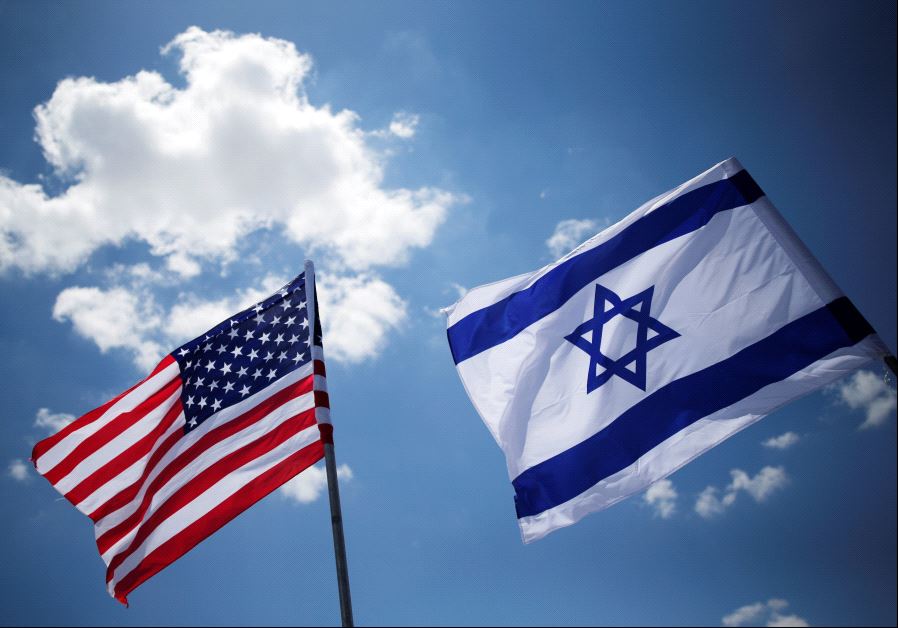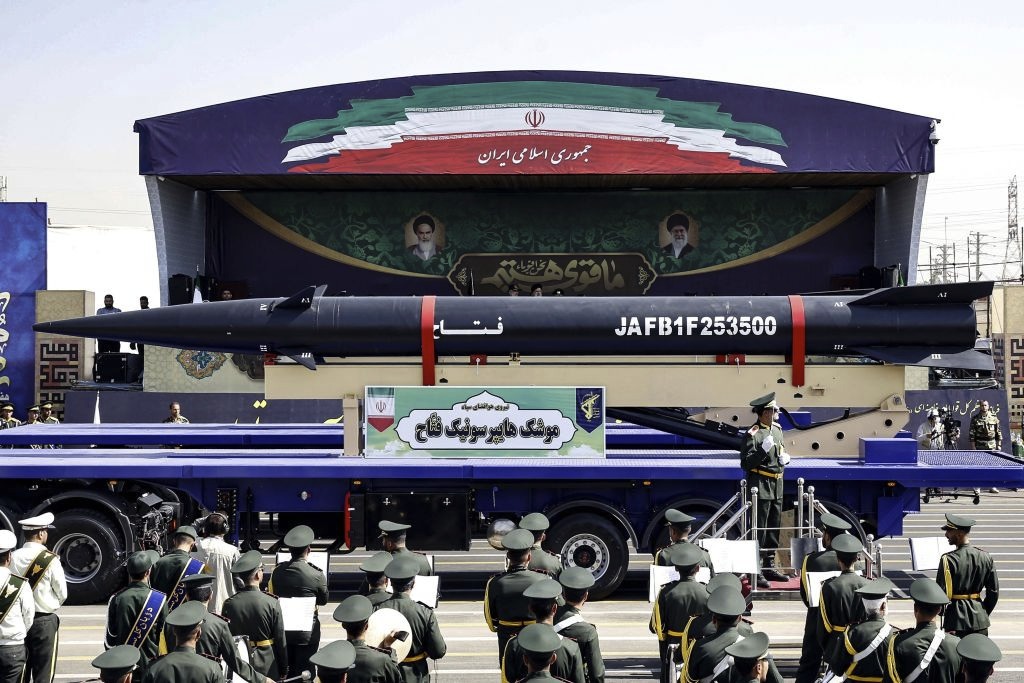The USA Wants To Crush Hamas, Hezbollah & Iran. But How?
أميركا تريد أن تسحق حماس وحزب الله وإيران ولكن كيف
Jerusalem Post/May 23/18
Secretary of State Mike Pompeo went after Hezbollah, Hamas and Islamic Jihad Monday.
If President Donald Trump put Iran on notice two weeks ago when he pulled the US out of the nuclear deal and reimposed sanctions, Secretary of State Mike Pompeo was even more specific and aggressive on Monday, vowing to crush “Iranian operatives and their Hezbollah allies around the world.”
Pompeo went after Hezbollah, Hamas and Islamic Jihad – a wish list of enemies Israel would love the US to deal with on its behalf. But crush with what? Like many pronouncements in the Trump era, all of the administration’s various statements and actions, especially on the ground, are key to understanding what is really happening. Over Israeli objections, Trump has made it clear he wants US troops out of Syria, other than possibly a contingent to help preserve small areas not under the Assad regime’s control. The president has made it clear that he does not want to use US military force in the Middle East other than in the most extreme circumstances, as with his surgical strike on the Assad regime’s chemical-weapons facilities.
There are no US forces to use and no will to use them.
So how is the US going to crush Hezbollah, Hamas and Islamic Jihad? Moving to the sanctions arena, there are more who think the US has powerful cards to play. Presumably focusing on what US sanctions would achieve, Pompeo also went much further than Trump regarding the nuclear deal, even seeking to ban Iran from possessing a heavy-water reactor and from any uranium enrichment. Under the 2015 deal, the core of Iran’s Arak heavy-water reactor, part of a plutonium path to a nuclear bomb, was removed. Also, the reactor has been in a redesign process, so it would be unable to yield fissile plutonium usable in a nuclear bomb. In other words, it is not and was not expected to become a nuclear problem.
Uranium enrichment is more complicated.
Under the nuclear deal, Iran detached around 70% of its uranium centrifuges and placed them in storage. But it was allowed to maintain around 5,000 centrifuges and to experiment with advanced centrifuges. This was Iran’s big win of an endorsement of its “right” to enrich uranium.
This was not a problem now, but it was expected to become a problem when the deal expired. But Pompeo did not just say the current nuclear restrictions on Iran must be extended. He was targeting completely taking away the nuts and bolts for even potentially manufacturing the material for a nuclear weapon.
This is beyond what any major Western political official, including Trump, has demanded, and it goes way beyond anything that Europe, let alone Russia and China (which are massively economically invested in Iran’s enrichment and its heavy-water reactor) were expected to ever go along with.
The realistic best-case scenario for Trump’s aggressive move has been that Europe would stand with the US to get the Iran deal’s current restrictions extended, to limit Iran’s ballistic-missile testing, to gain access to military nuclear sites and to somewhat reduce Iran’s adventurism.
But it is far from clear whether Europe will and would have played ball with Trump’s sanctions program – the EU has threatened counter-sanctions – and there was no sign that Russia or China would play ball. Iran Watch and others have shown that deep in the details, Trump may not even be trying to enforce Iran sanctions on China, and he may quietly look away from China-Iran business if it helps the US in broader trade negotiations with Beijing.
If there was a scenario where Russia and China could be co-opted, it was likely going to be by improving the Iran deal in ways that did not directly undermine their major investments. A big stick, let alone a threat to crush someone, only works if some combination of military, diplomatic and economic force exists to bring pressure and has a chance of being effective. There is strong rhetoric, but there are still no concrete signs of the stick being used, and it is unclear if the US’s stick is large enough to meet the goals it is setting for itself.






















